India Space Research Organisation (ISRO) scripted history today by launching 104 satellites on the aptly titled ‘workhorse’ of Indian space travels, the Polar Satellite Launch Vehicle rocket, from the Sriharikota station in Andhra Pradesh.
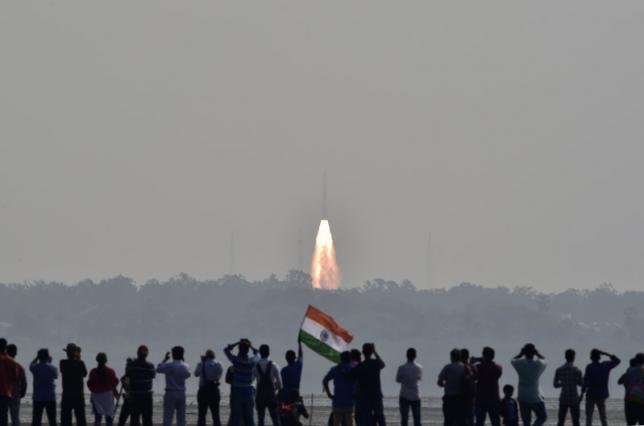
This is the highest number of satellites that have ever been launched into space in a single mission by any institution in the world. But ISRO, which started in 1969 in an effort to institutionalise space activity in India under a national banner, is not just a space research institute.
Let’s take a look at some of the major stepping tones for ISRO since its inception in the 60s.
The 60s
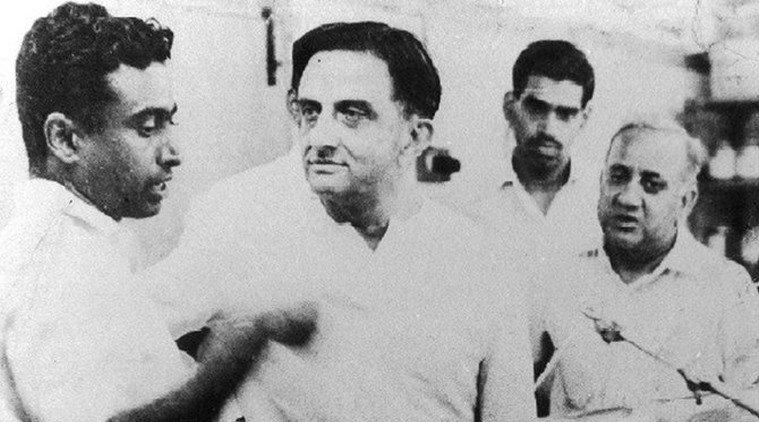
Originally established as the Indian National Committee for Space Research (1962) ISRO was the brainchild of then Prime Minister Jawaharlal Nehru and the father of the Indian space program, Vikram Sarabhai, and started its humble beginnings in 1969.
The 70s
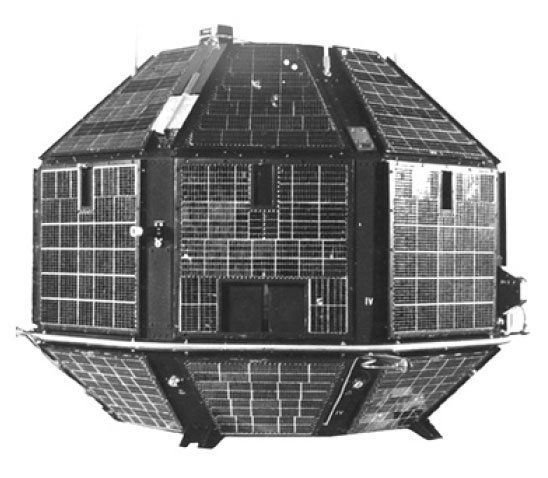
In 1975, ISRO launched the first Indian satellite ‘Aryabhata’, named after the 5th Century Indian mathematician and astronomer, using a Russian rocket under then Soviet Russia’s international space program ‘Interkosmos’.
In the same year, ISRO also started Satellite Instructional Television Experiment (SITE) using American technology which was to bring about a breakthrough in television broadcasting in India. SITE helped television broadcasting to rural India, and marked the arrival of an application-oriented approach to space research.
The 80s
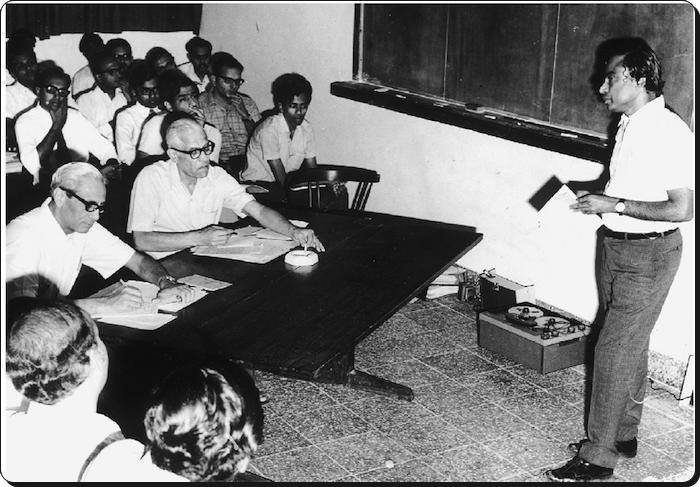
In 1981 ISRO successfully launched satellite Rohini (RS1) into the Earth’s orbit using the very first Indian rocket, the Satellite Launch Vehicle-3 (SLV-3). With this, India became the sixth nation ever to join the exclusive space travels club.
In 1982, the first Indian National Satellite Systems (INSAT) satellite was commissioned and launched into orbit to work on communications, meteorology and rescue operations. It was the biggest domestic communications system in the Asia Pacific region. Several INSAT series satellites were launched throughout the later decades.
In 1984, Rakesh Sharma, the first Indian cosmonaut was sent to space aboard the Soviet spacecraft Soyuz-T11.
The 90s
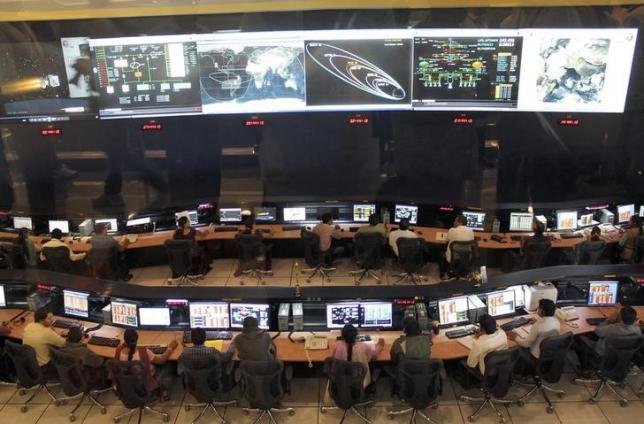
In 1993, ISRO launched a developmental flight of the Polar Satellite Launch Vehicle, an indigenous rocket launcher, which would go on to become the star rocket launcher in Indian space research, despite failure at first launch. (The PSLV followed the Augmented Satellite Launch Vehicle programme of the late 80s)
In 1994, the ISRO successfully put the IRS-P2 in orbit using the PSLV, thus giving a major push to Indian space research.
The 2000s
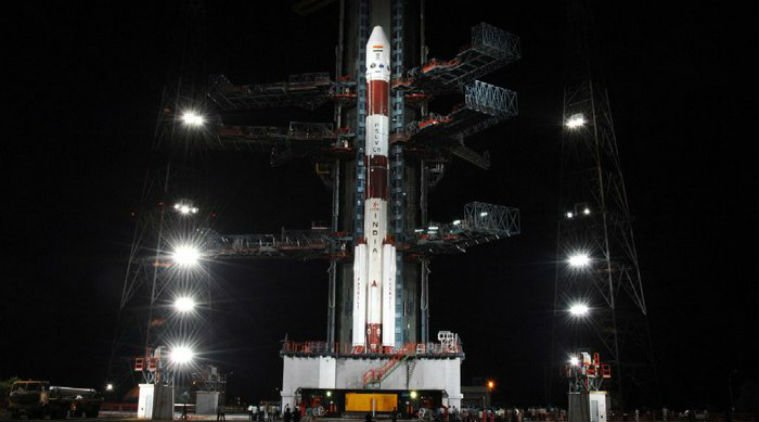
In 2001, the heavy rocket Geosynchronous Satellite Launch Vehicle (GSLV) was successfully launched with GSAT-1 satellite. It is designed to place satellites in the Geosynchronous Transfer Orbit (GTO).
In 2003, ISRO launched PSLV-C5, which earned the rocket the title of ‘workhorse’ after completing six susseful back-to-back missions.
In 2008, ISRO launched its first mission to the moon using the the spacecraft ‘Chandrayaan’, which was launched using PSLV-XL rocket. It discovered a large number of water molecules on the lunar surface, one of its biggest achievements.
In 2009, the PSLV was part of launching 9 satellites into space including RISAT-1, and Anusat, the first Indian university-made satellite.
2010-Present
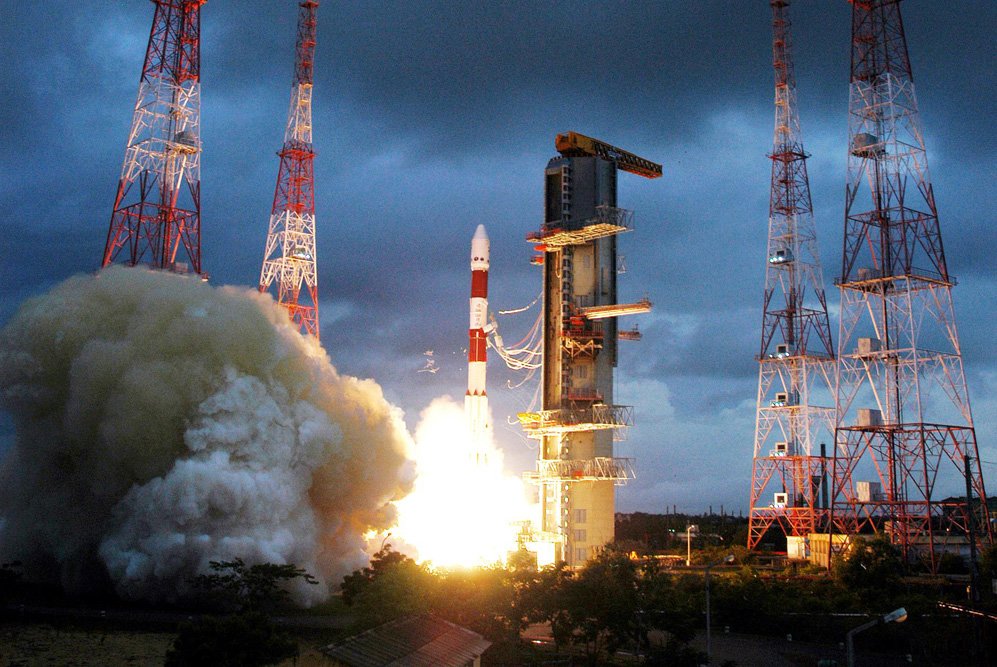
In 2010, the third of the seven developmental mission of the GSLV rocket failed, causing a setback.
In 2013, ISRO broke records by sending its first mission to Mars via the ‘Mangalyaan’, the cheapest mission to Mars till date. ISRO became the fourth organisation to have a Mission to Mars.
In 2016, ISRO launched the PSLV-C34 mission, using the rocket to successfully propel 20 satellites into orbit, thus setting a record for itself.
The rapid development of the Indian space program has made the country proud time and again, and it was through the concerted efforts of ISRO that such a feat was possible.
Feature Image Source: PTI

















